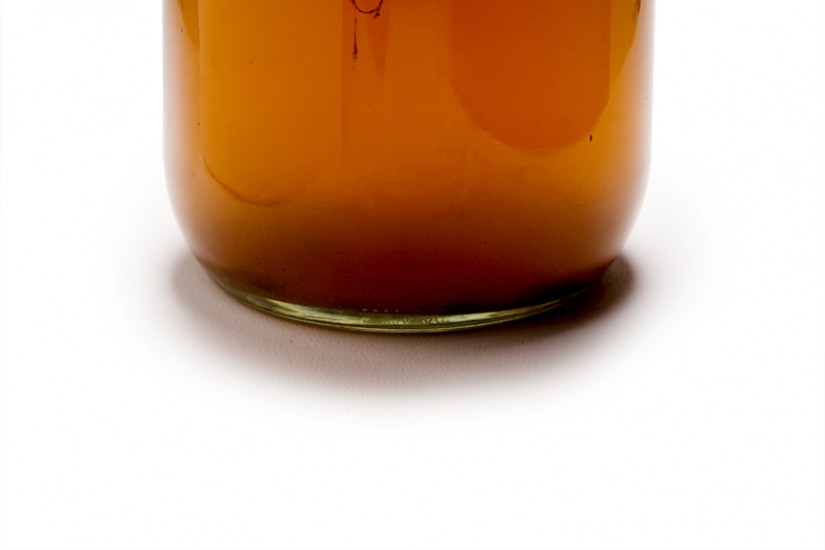When they began Laurel Farms in 1994, Baker and Pryor charitably charged customers maladied with H.I.V., AIDS, cancer, or multiple sclerosis $15 for starter cultures. They made the rest of the world—that is, “healthy” customers—pay a fee of $50.
Baker and Pryor started shipping kombucha mothers (or starters, or "mushrooms," as Baker calls them) across the country during the thick of America’s initial kombucha boom, which lasted from 1992 to 1995. Because of its supposed healing properties, kombucha consumption thrived amongst vulnerable populations, demographics who had otherwise felt abandoned by modern medicine. The drink gained particular favor among members of the queer community of Los Angeles with H.I.V. and AIDS, whose only medical option for treatment was azidothymidine (AZT), an antiretroviral medication. During a time when H.I.V. and AIDS patients were pathologized as victims of an incurable gay cancer, kombucha was a folk remedy that presented an ideal sanctuary from the snare of Western medicine. Baker and Pryor offered hope, a scarce and valuable commodity, in a time of uncertainty.
What came along with this, though, was an inadvertent obfuscation of what kombucha could actually do for the human body. In this period, kombucha was thought to restore color to ashen gray hair, make psoriasis fade, and, of course, reverse H.I.V. and AIDS. Though Pryor was reluctant to declare that kombucha could eliminate such maladies, Baker bought into these fictions wholesale. And so did many of Laurel Farms' customers.
